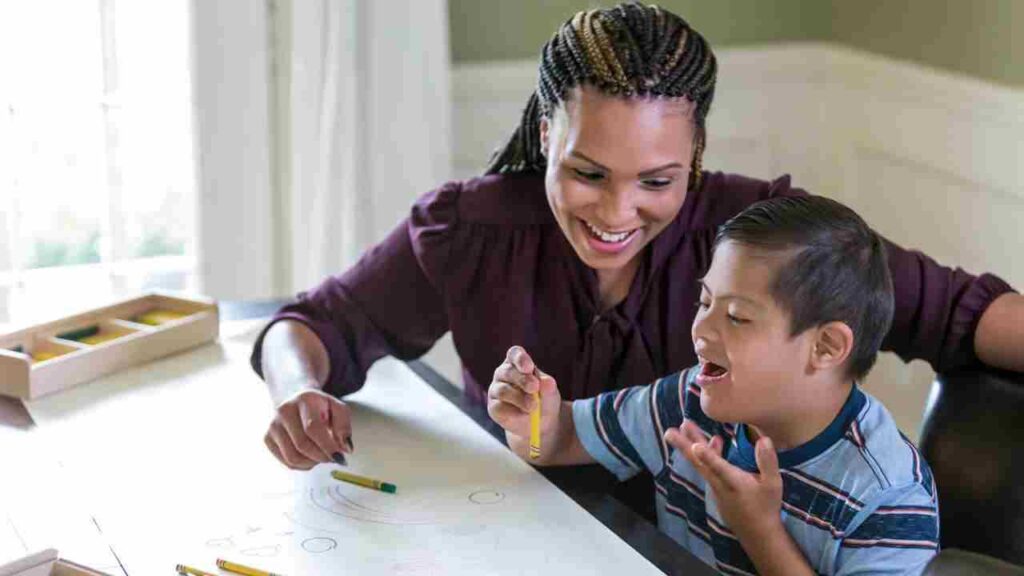Children with disabilities often face unique emotional challenges that require understanding and support from their caregivers, educators, and the broader community.
Addressing the emotional aspects of disabilities is crucial for promoting the well-being and development of these children. In this article, we will explore effective strategies to support and nurture the emotional needs of children with disabilities.
Emotional Needs of Children with Disabilities
- Recognizing and validating emotions: Children with disabilities may experience a wide range of emotions, including frustration, sadness, anger, and anxiety. It is essential to acknowledge and validate these emotions, letting children know that their feelings are valid and understandable.
- Building self-esteem: Encouraging children with disabilities to develop a positive self-image is vital. Focus on their strengths and abilities, praising their accomplishments, and providing opportunities for them to engage in activities where they can excel.
Read also: How to Help Children with Disabilities to Thrive in the Classroom
Strategies for Addressing Emotional Aspects of Disabilities
1. Creating a Supportive Environment
- Fostering inclusion: Create an inclusive environment where children with disabilities feel welcomed and accepted. Encourage their participation in activities and provide accommodations as needed to ensure their full engagement.
- Promoting peer relationships: Facilitate social interactions and friendships between children with disabilities and their peers. Peer support can be instrumental in enhancing emotional well-being and reducing feelings of isolation.
2. Providing Emotional Support
- Open communication: Foster open lines of communication with children, allowing them to express their feelings and concerns freely. Be an attentive listener and provide empathetic responses, offering comfort and reassurance.
- Emotion regulation strategies: Teach children with disabilities various techniques to manage and express their emotions effectively. These strategies may include deep breathing exercises, mindfulness activities, or using visual aids like emotion charts.
Read also: The Benefits of Assistive Technology for Children with Disabilities
3. Collaborating with Professionals
- Engaging therapists and counselors: Collaborate with professionals who specialize in working with children with disabilities. Therapists and counselors can provide valuable guidance and support in addressing emotional challenges and developing coping mechanisms.
- Educating caregivers and educators: Offer training and resources to caregivers and educators to enhance their understanding of the emotional needs of children with disabilities. This knowledge will enable them to provide appropriate support and create a nurturing environment.
Read also: Academic Accommodations for Children with Learning Disabilities
Frequently Asked Questions (FAQs)
Q: How can I help my child with a disability express their emotions?
Encourage open communication, provide a safe space for expression, and teach them appropriate ways to express emotions.
Q: What should I do if my child is experiencing anxiety related to their disability?
Work with professionals to develop coping strategies and provide reassurance and support during challenging times.
Q: Are there support groups for parents of children with disabilities?
Yes, many support groups and online communities exist where parents can connect, share experiences, and receive support.
Q: How can educators address the emotional needs of children with disabilities in the classroom?
Educators can create an inclusive environment, provide accommodations, and collaborate with professionals to ensure emotional support.
Conclusion
In conclusion, addressing the emotional aspects of disabilities in children is of utmost importance for their overall well-being and development. By recognizing their emotions, creating a supportive environment, providing emotional support, and collaborating with professionals, we can effectively address these needs. Remember, every child is unique, and tailoring interventions to their specific requirements is crucial.






